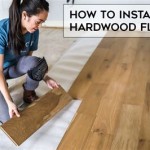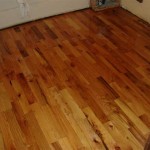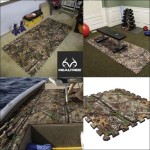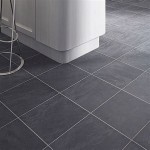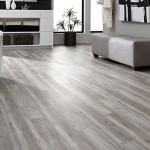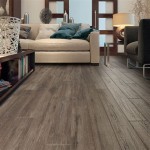Essential Aspects of Non-Slip Flooring for Disabled Bathrooms
Ensuring a safe and accessible environment is crucial for individuals with disabilities. Non-slip flooring plays a vital role in preventing slips, trips, and falls, especially in bathrooms where moisture and wet surfaces can pose a significant hazard. Choosing the right non-slip flooring for disabled bathrooms is essential to provide a comfortable and secure space.
Slip Resistance: The most important factor to consider is the flooring's slip resistance. This is typically measured by the Coefficient of Friction (COF), which indicates how well the floor surface resists slipping when wet. A COF of 0.6 or higher is generally considered acceptable for disabled bathrooms.
Texture and Pattern: The surface texture and pattern of the flooring also contribute to its slip resistance. Textured surfaces provide more grip, while patterns can help break up reflections and improve visibility. Avoid smooth or glossy finishes, as they can be more slippery when wet.
Durability and Maintenance: Non-slip flooring should be durable enough to withstand heavy use and regular cleaning. It should also be easy to maintain, as frequent mopping or cleaning can affect its slip resistance. Choose materials that are resistant to wear, chemicals, and mildew.
Comfort and Aesthetics: While safety is paramount, comfort and aesthetics should not be overlooked. Non-slip flooring can be available in various colors, textures, and styles to complement the overall design of the bathroom. Consider the needs and preferences of the user when selecting the flooring.
Compliance with Regulations: In many countries, there are specific regulations regarding the installation of non-slip flooring in disabled bathrooms. It is important to ensure that the flooring meets these regulations to comply with building codes and provide a safe environment for users.
Choosing the Right Material: There are various non-slip flooring materials available, each with its own properties. Some common options include:
- Rubber Flooring: Highly slip-resistant, durable, and easy to clean.
- Vinyl Flooring: Available in a range of textures and finishes, providing good slip resistance and moisture resistance.
- Tile Flooring: Tile with a textured surface or glazed finish can provide adequate slip resistance. Use anti-slip grout to enhance safety.
- Epoxy Flooring: A highly durable and slip-resistant option, but can be more expensive.
By considering these essential aspects, you can choose the right non-slip flooring for disabled bathrooms, providing a safe, comfortable, and accessible environment for all users.

6 Reasons To Select Non Slip Bathroom Floor Tiles By Agl

Non Slip Flooring For Bathrooms Hamilton

Non Slip Flooring For Bathrooms Hamilton

Non Slip Flooring For Bathrooms Hamilton

Anti Slip Floor Treatment Mobility Access Modifications

Bathroom Flooring Non Slip Rubber For Bathrooms

Choosing The Right Disabled Wet Room Flooring For Ultimate Safety And Comfort Wetroomstop Sieme Ltd

100 Waterproof East To Clean Anti Slip Flooring For Accessible Bathroom Wheelchair And Bare Feet Friendly China Shower Room Made In Com

Slip Resistant Tiles For Aged Care And Disability Cts

Wet Room Flooring Non Slip Bathroom Altro
Related Posts

